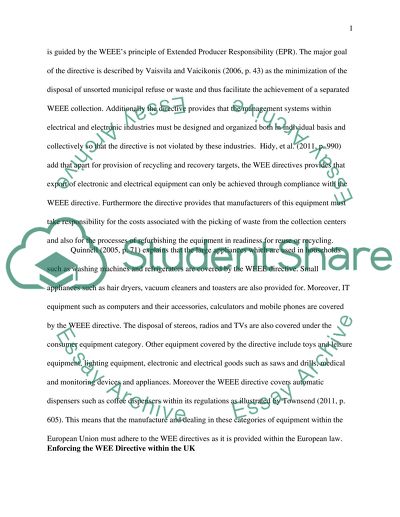Cite this document
(“The Waste Electrical and Electronic Equipment directive Essay”, n.d.)
The Waste Electrical and Electronic Equipment directive Essay. Retrieved from https://studentshare.org/engineering-and-construction/1591027-eu-regulatory-directives
The Waste Electrical and Electronic Equipment directive Essay. Retrieved from https://studentshare.org/engineering-and-construction/1591027-eu-regulatory-directives
(The Waste Electrical and Electronic Equipment Directive Essay)
The Waste Electrical and Electronic Equipment Directive Essay. https://studentshare.org/engineering-and-construction/1591027-eu-regulatory-directives.
The Waste Electrical and Electronic Equipment Directive Essay. https://studentshare.org/engineering-and-construction/1591027-eu-regulatory-directives.
“The Waste Electrical and Electronic Equipment Directive Essay”, n.d. https://studentshare.org/engineering-and-construction/1591027-eu-regulatory-directives.


